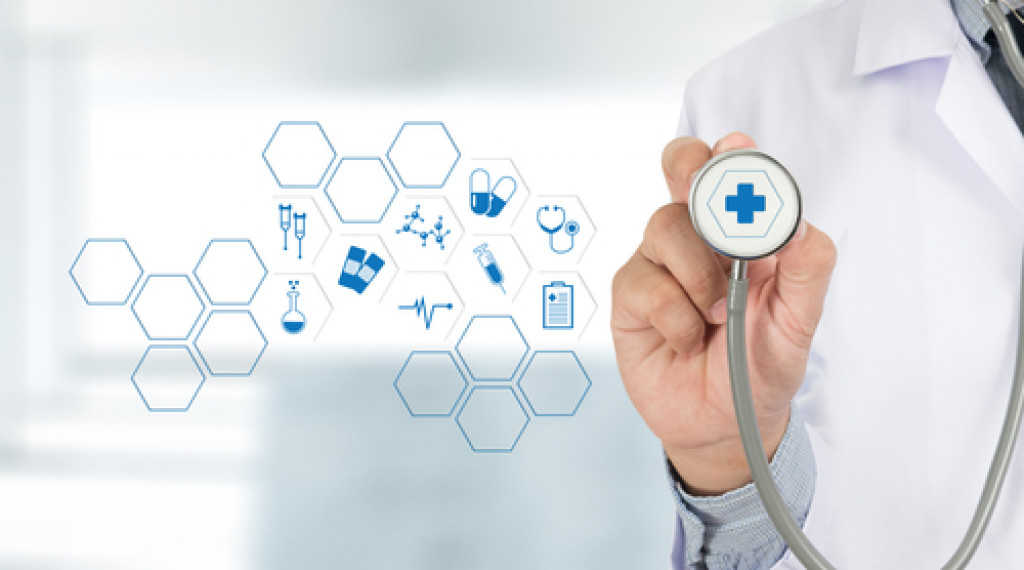Digitalization is inherent. Technology and healthcare become increasingly intricately interwoven as new inventions and breakthroughs are discovered. In recent years, several health-related products or services have been developed with the express objective of increasing everyone’s quality of life.
Many healthcare organizations integrate cutting-edge digital technologies to provide superior healthcare services as a response. Significant accomplishments have recently been made in the area of preventive medicine. Below are among the best innovative tools for preventive healthcare.
Wearables
Today, almost everyone wears a fitness band, a wristwatch, or possesses a smartphone. The capacity to track steps and assess one’s exercise capacity is a terrific place to start, but it’s just the beginning. Vital signs readings can now be captured by devices we carry around with us, which could then be automatically evaluated and delivered to your healthcare practitioner to offer critical information about your state of well-being.
It could also notify you of the number of calories you’ve ingested, advise you to go out for a stroll or exercise, and even take a brief pause. Sleep tracking applications capture data as you sleep and offer valuable information on how much sleep you get on any night.
Remote Monitoring
You can considerably reduce the necessity to visit a clinic with remote monitoring. This technology allows real-time transmission of patient health information to their healthcare providers. It is also possible to monitor patients who are not physically present in the clinic. It helps practitioners keep track of a patient’s progress and well-being between visits.
This technology is often used for patients in palliative support, undergoing chronic illnesses, or receiving post-operative care. It has also been used to great affect mental health, with studies indicating that providers can remotely manage patients with mental health conditions.
Surveillance of Pathogens
Traditionally, health organizations have relied on physicians, patient surveys, laboratories, and research projects to acquire infections and disease outbreaks data. Early notification and development monitoring are crucial in the case of a significant episode to get therapies out fast and efficiently and to contain the spread of the disease.
Vector Prevention
With portable genome analysis, statistical surveillance, and monitoring systems, digitalization transforms how we react to infectious disease crises. Researchers have developed a new technique to control vector populations, which attack millions of people each year with devastating illnesses, using advances in genetic modification.
Today, many professionals are using efficient, affordable, and sustainable next-generation technologies for mosquito control and spontaneous population management, resulting in widespread avoidance of disease transmission.
Disease Prediction
Algorithms assist field healthcare personnel in calculating how quickly a disease might propagate, how much people would be impacted, and which patients should get priority treatment.
Many epidemiological online platforms can analyze content from social networking sites, forums, and media sources to collect information on a specific place that might be a hot point for an epidemic. Users can also decide to get warning notices through SMS or email to encourage them to stay safe.
Integrated Sensors
Sensor integrated circuits are becoming compact and more intelligent, and they are the key driving force throughout many virtual healthcare applications. These sensors can detect critical heartbeat and circulation, body temperature, sugar levels, and respiration rate.
The biometric data gathered from such devices, paired with the capacity to transfer information electronically to healthcare providers, can significantly cut the time required to diagnose specific ailments and assist clinicians in creating personalized treatment plans for each patient. Trends can also be discovered more quickly when data is gathered over a significant period, making it simpler to follow individuals’ health histories.
Collaborative Studies
On many occasions, health experts must analyze comparable cases to recognize a pattern or prescribe the appropriate therapy based on the available data. The healthcare community can interact in the most suitable environment of specific software applications and exchange several cases to spot trends, disorders, and viable treatment processes.
It also allows various medical communities to connect and collaborate on a single case. It not only assists in resolving in a reasonably short amount of time, but it also provides wholesome outcomes.
Connectivity
Many people have illnesses or conditions that need the assistance of many physicians. Simply put, it is critical for all the professionals engaged to keep continual contact and exchange facts to provide the most exemplary service possible. Furthermore, certain drugs interact negatively with one another.
The professionals can detect the additional drugs the patient is taking and plan their medication regimen properly with regular information exchange. It may also speed up therapy by eliminating needless administrative tasks such as answering phone calls, and it enables professionals to design, monitor, manage, and alter referral flows.
These innovative advancements have propelled the healthcare business to the next level in recent years. We can live more peaceful and healthier lives by developing technologies that monitor, evaluate, and provide predictive analyses of a patient’s condition.



